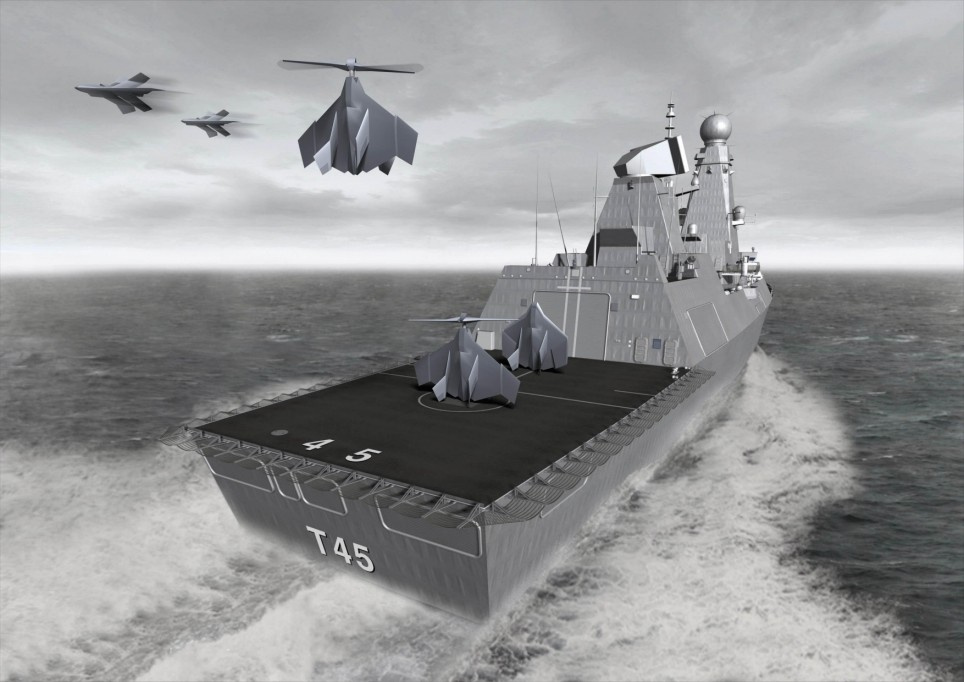TOPOTAMALDER escribió:Prego de Bezoucos escribió:El Juan Carlos I y su Ski Jump han hecho pupita en Inglaterra.
pues como no te expliques....
Hombre, los foros británicos estaban "risueños" con la Ski Jump del JCI y los problemas del J-35B, hasta que les llegaron las noticias de la retirada de los harrier, el desguace del Invencible, el próximo final del Ark Royal (se habla, en modo [DESESPERATIOn=ON] de usarlo ¡como helipuerto para los JJOO de 2012! como forma de mantenerlo a flote). El shock final fue la botadura del Canberra. Han descubierto horrorizados que España tendrá dos plataformas operando con harriers en 2015 y ellos tendrán un portahelicópteros.
http://www.navy-net.co.uk/fleet/59741-mail-doomed-ark-royal-could-have-new-future-floating-helipad-thames.html#post1015367


















